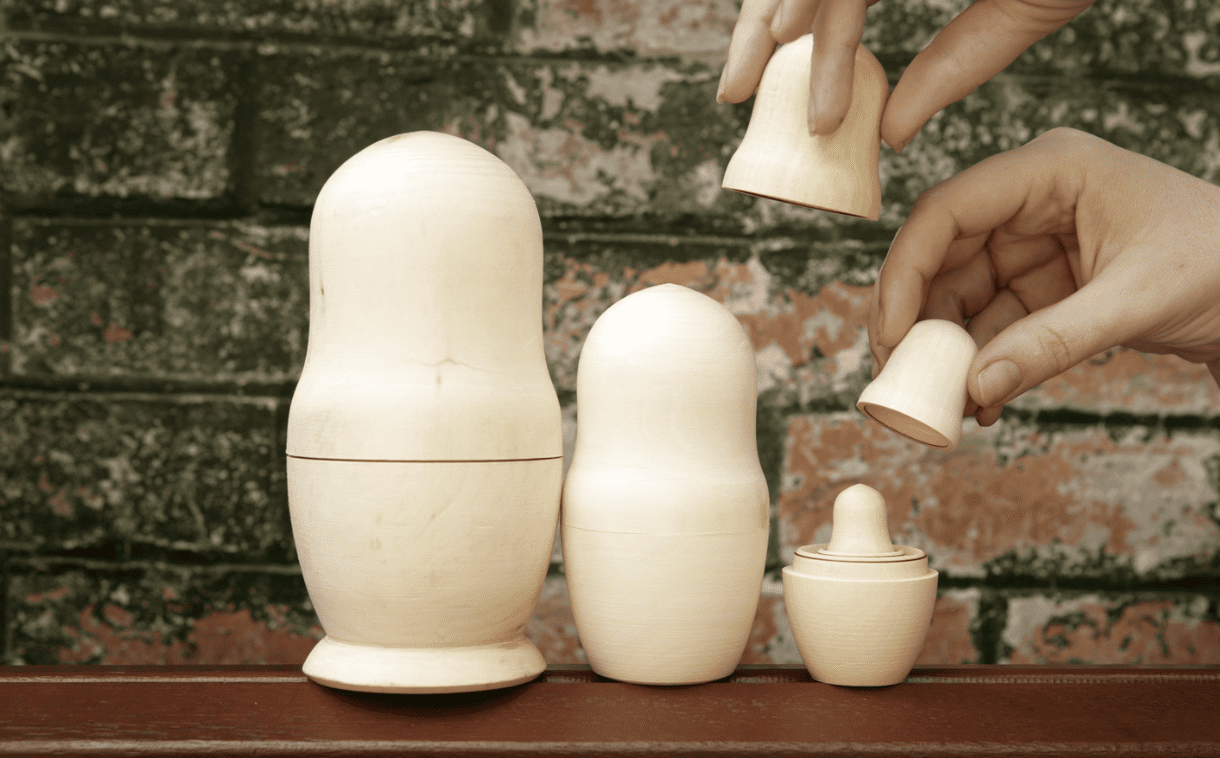One of the most meaningful approaches I use in therapy is something called parts work. At its core, parts work is based on something we all intuitively know: inside each of us are different “parts” that carry different feelings, needs, and roles.
We All Have Parts
Think about a time you said something like, “Part of me wants to go, but part of me wants to stay home.” Or, “There’s a part of me that’s excited, and a part of me that’s nervous.”
That’s parts language. Parts work takes this natural way of talking about ourselves and turns it into a compassionate framework for healing. Instead of seeing ourselves as one fixed identity, we begin to understand ourselves as a whole system of parts—each with its own story, its own fears, and its own wisdom.
The Types of Parts
In parts work, people often notice three common kinds of roles:
- Tender parts: often younger aspects of us that carry pain, shame, or fear from earlier experiences.
- Protective parts: the ones that work hard to keep us safe, sometimes by striving for perfection, controlling situations, or keeping us busy.
- Reactive parts: the ones that jump in when pain surfaces—maybe through numbing, distraction, or self-soothing behaviors.
Every part, even the ones that seem destructive or confusing, has a positive intention: to protect us.
The Core Self
Alongside our parts, there’s also a deeper core—sometimes called your Self. This is the calm, compassionate center of who you are. Self is not a part. It’s the spacious, wise presence within you that is never damaged, never lost, and always available.
When we’re connected to Self, we naturally bring qualities like curiosity, calm, and compassion to the parts inside us. This is where healing happens—not by getting rid of parts, but by listening to them, understanding them, and helping them find new roles.
Why Parts Work Matters
Many of my clients find relief when they realize their anxiety, perfectionism, procrastination, or inner critic are not “who they are”—they’re parts of them. Parts that once worked hard to protect them, but may be overworked or misunderstood today.
Instead of fighting these parts, we begin to build a relationship with them. We listen. We thank them. We ask what they need. Over time, they soften, trust grows, and life feels more harmonious.
What It Looks Like in Therapy
Parts work in session might look like:
- Slowing down and noticing what part of you is present right now.
- Getting curious about its voice, feelings, or body sensations.
- Inviting compassion toward this part.
- Learning how to soothe or support it so it doesn’t have to work so hard.
It’s gentle, experiential work—less about analyzing and more about relating.
A Gentle Invitation
If you’ve ever felt “torn,” or like you’re battling yourself, parts work offers a different path. You don’t need to silence or exile parts of you. Every part belongs. Every part has a story worth hearing.
Through this work, you can begin to feel more whole—less at war with yourself and more at peace within.
At Everroot, parts work is one of the ways I help clients connect with their inner world. Together, we create space for all your parts to be seen, understood, and welcomed home.
